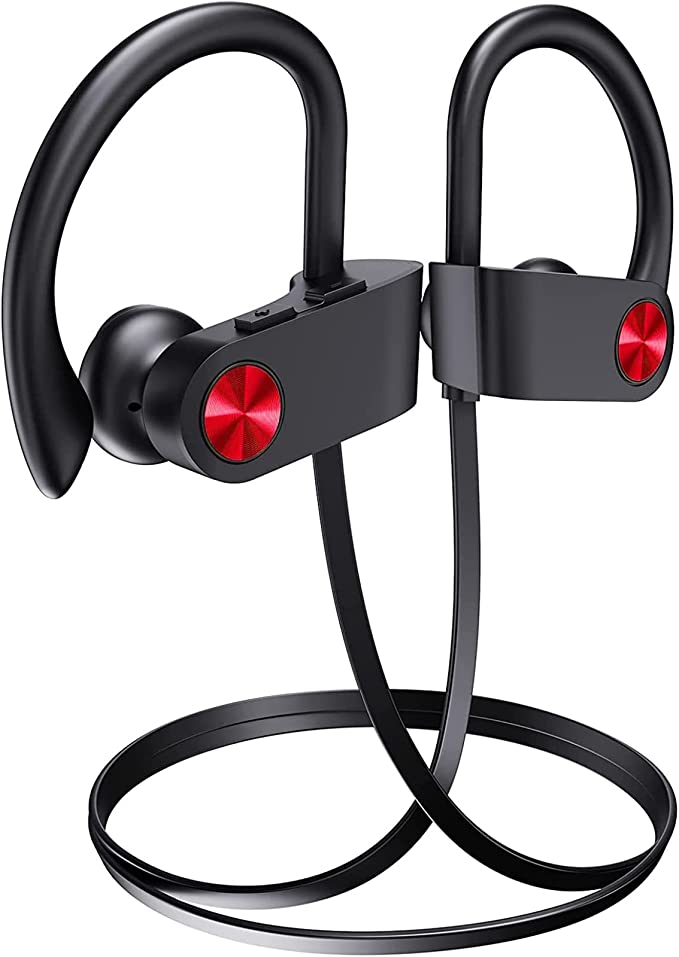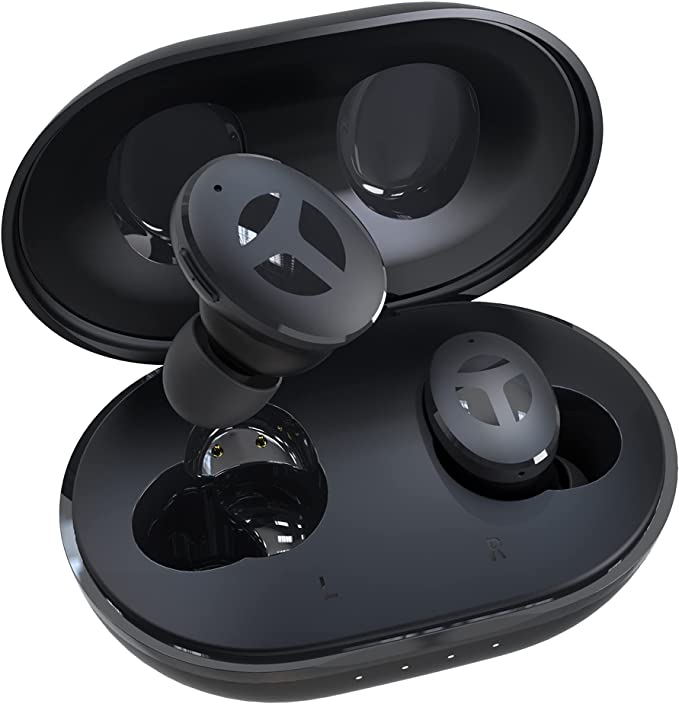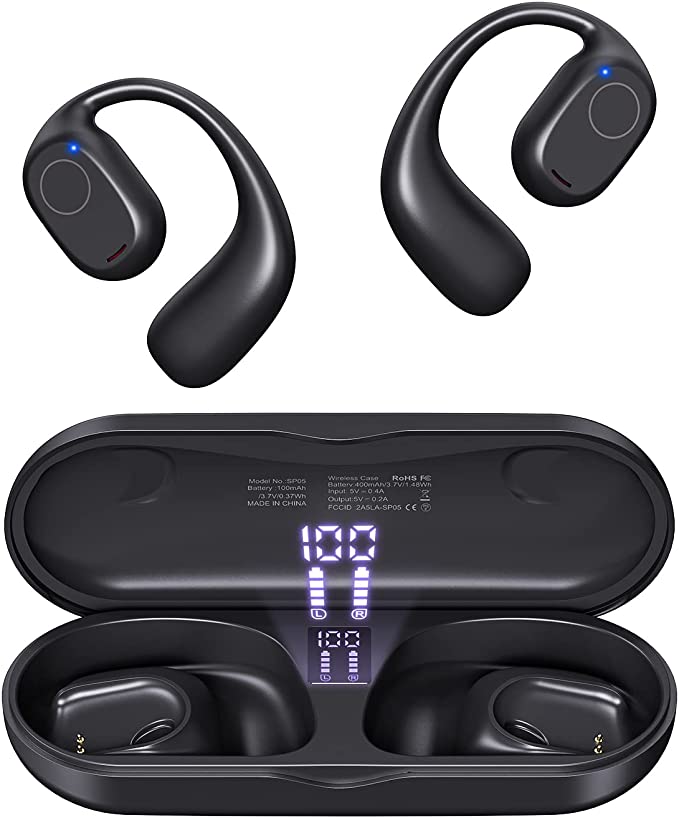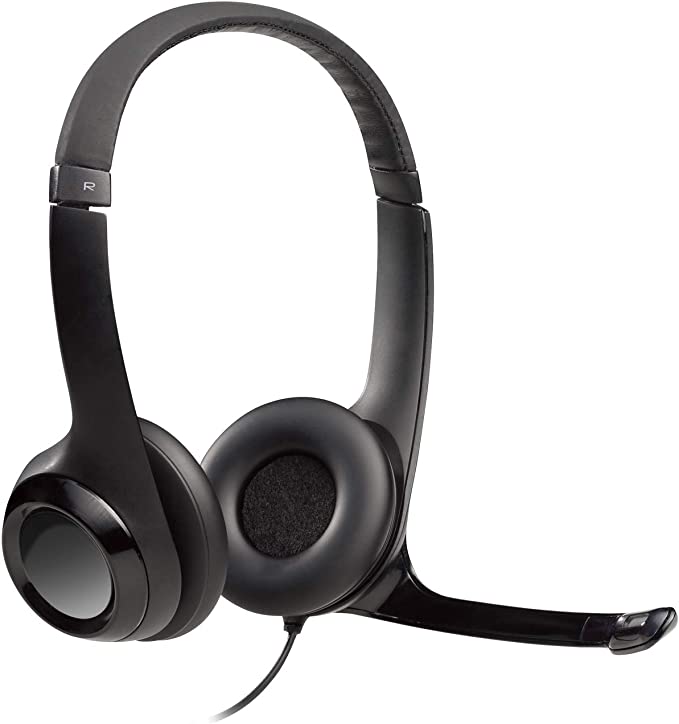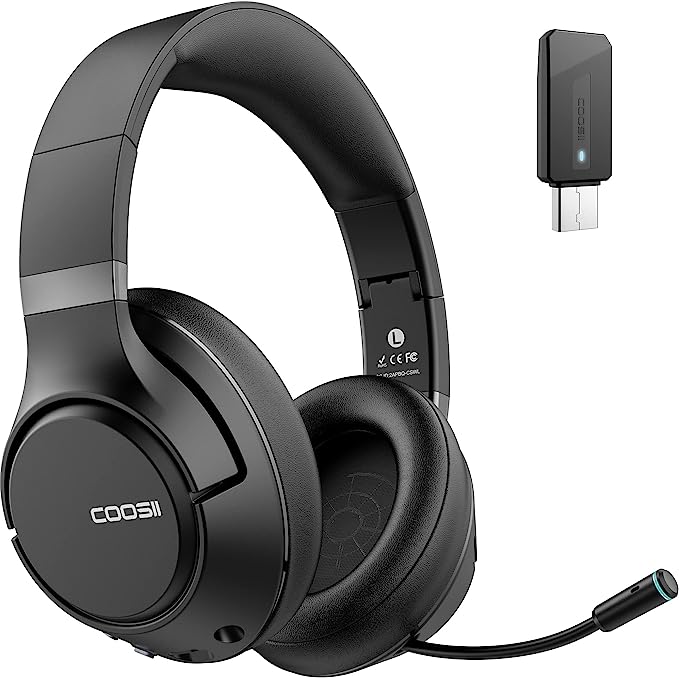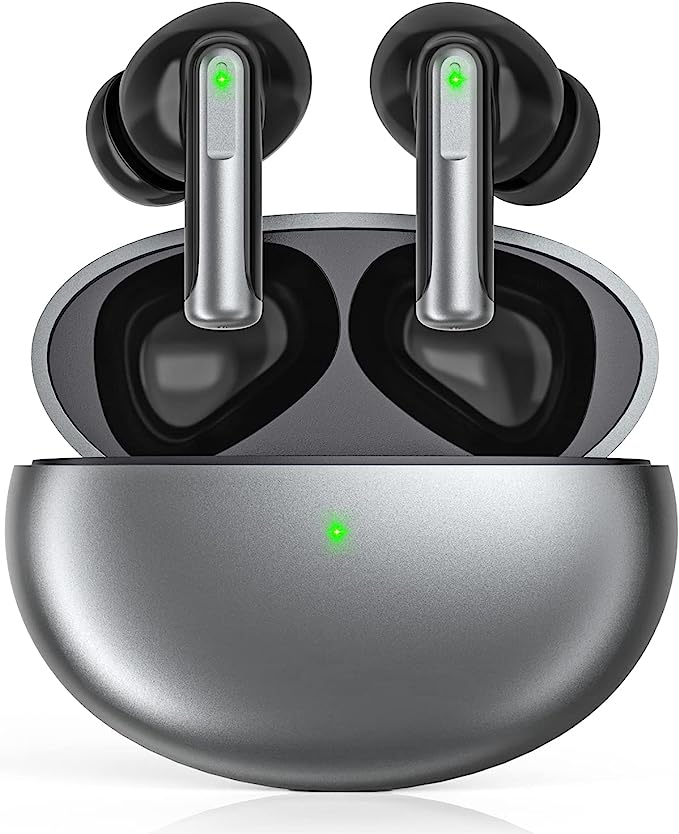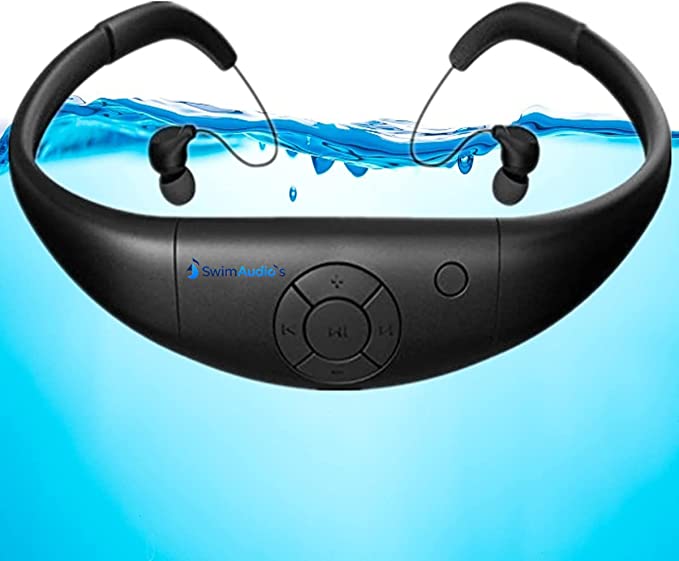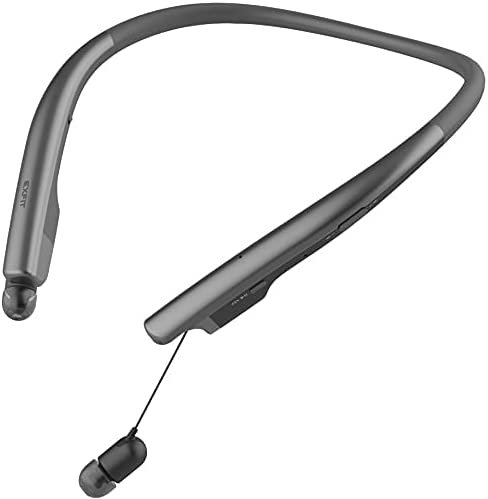YAMAHA RX-A6A AV Receiver: Immersive Sound for Your Home Theater
Update on Feb. 28, 2025, 8:29 a.m.
The Allure of Immersion: Why Sound Matters in Home Theater
Imagine you’re watching a spaceship hurtle through the vastness of space. On a standard TV, you see the ship, you hear the roar of its engines. But in a well-equipped home theater, something magical happens. The rumble of the engines isn’t just in front of you; it vibrates beneath your feet, it echoes behind you, it envelops you. You’re no longer just watching the scene; you’re inside it. That’s the power of immersive audio, and it’s why sound is just as crucial as picture quality in creating a truly captivating home theater experience.

A Brief History of Surround Sound: From Mono to Spatial Audio
Our journey to immersive audio has been a long and fascinating one. In the early days of cinema, sound was monophonic – a single channel emanating from a single speaker. While groundbreaking at the time, it lacked the realism and depth we crave today. The introduction of stereophonic sound in the mid-20th century was a significant leap forward. By splitting the audio into left and right channels, stereo created a sense of width and directionality.
But the real revolution began with the advent of surround sound. By adding more speakers – center, rear, and sometimes side speakers – filmmakers could create a much more enveloping soundscape. Early surround sound formats, like Dolby Surround and Dolby Digital, used matrix encoding to “fold” multiple channels of audio into a stereo signal, which was then decoded by the receiver.
The digital age ushered in discrete surround sound, where each channel is encoded and transmitted separately. This allowed for greater precision and clarity. Formats like Dolby Digital 5.1 and DTS 5.1 became the standard, offering a significant improvement over their predecessors. The “.1” refers to the Low-Frequency Effects (LFE) channel, typically handled by a subwoofer, which adds the deep bass that gives explosions and other sound effects their visceral impact.
The quest for even greater immersion led to the development of object-based audio formats like Dolby Atmos and DTS:X. Instead of being assigned to specific channels, sounds are treated as “objects” that can be placed anywhere in a three-dimensional space. This creates a remarkably realistic and dynamic soundfield.
The Building Blocks of Sound: Frequency, Amplitude, and the Human Ear
Before we dive deeper into the intricacies of surround sound, let’s touch on some fundamental concepts. Sound, at its core, is vibration. These vibrations travel through the air as waves, and our ears are incredibly sensitive instruments that detect these waves and translate them into the sounds we perceive.
-
Frequency: This refers to the number of vibrations per second, measured in Hertz (Hz). Frequency determines the pitch of a sound. A low frequency corresponds to a low pitch (like a bass drum), while a high frequency corresponds to a high pitch (like a flute). The human ear can typically hear frequencies ranging from about 20 Hz to 20,000 Hz, although this range can vary with age and individual differences.
-
Amplitude: This refers to the intensity or strength of the vibration, which we perceive as loudness. Amplitude is measured in decibels (dB). A higher amplitude means a louder sound.
-
The Human Ear: Our ears are remarkably complex. The outer ear funnels sound waves into the ear canal, where they vibrate the eardrum. These vibrations are then amplified by tiny bones in the middle ear and transmitted to the inner ear, where they are converted into electrical signals that are sent to the brain. Crucially, we have two ears, and the slight differences in the time and intensity of sound reaching each ear allow our brains to determine the direction of a sound source. This is called binaural hearing, and it’s fundamental to how we perceive spatial audio.

Decoding the Soundscape: How Surround Sound Works
Traditional channel-based surround sound systems assign specific sounds to specific speakers. For example, in a 5.1 setup, dialogue typically comes from the center speaker, music and ambient sounds from the front left and right speakers, and sound effects from the rear speakers. The subwoofer handles the low frequencies.
Object-based audio, like Dolby Atmos and DTS:X, takes a different approach. Instead of assigning sounds to channels, they are treated as individual “objects” that can be positioned anywhere in a 3D space. The receiver then uses sophisticated algorithms to render these objects to the available speakers, creating a much more precise and immersive soundfield. Imagine a helicopter flying overhead. In a channel-based system, the sound would transition from the front speakers to the rear speakers. In an object-based system, the sound of the helicopter can be precisely positioned above you, moving seamlessly as the helicopter flies across the screen.
Enter the YAMAHA RX-A6A: An Orchestra Conductor for Your Home
The YAMAHA RX-A6A AV receiver is a powerful and sophisticated piece of equipment designed to be the heart of your home theater system. It’s like an orchestra conductor, taking the complex audio signals from your Blu-ray player, streaming device, or game console and meticulously distributing them to your speakers, creating a harmonious and immersive soundscape.
The RX-A6A is a 9.2-channel receiver, meaning it can power nine speakers and two subwoofers independently. With external amplification, it expands the soundstage up to 11.2 channels. This allows for a highly detailed and enveloping surround sound experience, supporting a wide range of speaker configurations, including those with height channels for Dolby Atmos and DTS:X. It supports the latest video standards, including 8K/60Hz and 4K/120Hz passthrough, ensuring compatibility with the newest displays and sources. It also features multiple HDMI inputs and outputs, including eARC (enhanced Audio Return Channel), which allows for high-quality audio to be transmitted from your TV to the receiver.
Surround:AI: The Intelligent Conductor
One of the standout features of the RX-A6A is Yamaha’s proprietary Surround:AI technology. This isn’t just a simple sound mode; it’s a sophisticated artificial intelligence system that analyzes the audio content in real-time and dynamically adjusts the surround sound parameters to create the optimal effect.
Surround:AI doesn’t just look at the overall volume or frequency balance. It analyzes the type of sound – dialogue, music, sound effects – and their relationships to each other. It then uses this information to adjust the levels, delays, and equalization of each speaker, creating a soundfield that is perfectly tailored to the content.
Here’s a simplified analogy: Imagine you’re listening to a live orchestra. A skilled conductor doesn’t just make the entire orchestra louder or softer; they adjust the balance between the different instruments – bringing out the violins during a delicate passage, emphasizing the brass during a powerful crescendo. Surround:AI does something similar, but with the individual sound elements in a movie or game. It’s not just making sounds louder or softer; it is intelligently shaping the soundscape to create the most immersive and impactful experience. This is accomplished through advanced Digital Signal Processing (DSP). DSP chips within the receiver are capable of performing millions of calculations per second, applying complex algorithms to manipulate the audio signal in real-time.

AURO-3D: Adding the Dimension of Height
While Dolby Atmos and DTS:X are the dominant object-based audio formats, the RX-A6A also supports AURO-3D (via a future firmware update), which takes a slightly different approach to immersive audio.
AURO-3D adds a “height layer” above the traditional surround sound channels. Instead of relying solely on object-based positioning, AURO-3D creates a more natural and enveloping soundfield by adding speakers above the listener. Think of it as creating a dome of sound, rather than just a flat plane. This can be particularly effective for creating a sense of ambience and spaciousness.
The core difference between AURO-3D and Dolby Atmos lies in their approach to height information. Dolby Atmos uses object-based audio to place sounds at specific points in space, including above the listener. AURO-3D, on the other hand, uses a layered approach, with a dedicated height layer that creates a more diffuse and enveloping sense of height.
YPAO: Tailoring Sound to Your Space
No two rooms are acoustically identical. The size, shape, and furnishings of a room all affect how sound waves travel and interact. This is where Yamaha’s YPAO (Yamaha Parametric room Acoustic Optimizer) technology comes into play.
YPAO is an automatic room calibration system that uses a supplied microphone to measure the sound at multiple listening positions. It analyzes the room’s acoustics and automatically adjusts the speaker levels, delays, and equalization to compensate for any imperfections. This is a critical step in achieving optimal sound quality.
Here’s how it works:
-
Measurement: The YPAO microphone is placed at the primary listening position (and often at multiple other positions). The receiver then sends out a series of test tones from each speaker.
-
Analysis: The microphone picks up these test tones, and the receiver analyzes the data. It measures the distance to each speaker, the frequency response of each speaker in the room, and the reflections and reverberations within the room.
-
Optimization: Based on this analysis, YPAO makes a series of adjustments:
- Speaker Levels: It adjusts the volume of each speaker to ensure a balanced soundstage.
- Speaker Delays: It adjusts the timing of the sound from each speaker to ensure that all sounds arrive at the listening position at the same time. This is crucial for creating a coherent and focused sound image.
- Equalization: It applies equalization (EQ) to each speaker to compensate for any peaks or dips in the frequency response caused by the room’s acoustics. This helps to create a smoother and more natural sound.
The RX-A6A utilizes YPAO with multi-point measurement, meaning it takes measurements from several locations in the room, providing a more accurate and comprehensive analysis of the room’s acoustics. It also measures speaker height and angle, further refining the optimization. This can be thought of analogously to how multiple measurements help to create a more accurate topographical map.
Beyond the Receiver: Speakers, Placement, and Room Acoustics
While the AV receiver is the heart of a home theater system, the speakers, their placement, and the room’s acoustics are equally important.
-
Speakers: Choosing high-quality speakers that are matched to the receiver’s power output is crucial. The type of speaker (bookshelf, floor-standing, in-wall, in-ceiling) will depend on your room size, budget, and aesthetic preferences.
-
Placement: Speaker placement is critical for creating a convincing surround sound experience. Dolby and DTS provide guidelines for speaker placement, but experimentation is often necessary to find the optimal setup for your specific room.
-
Room Acoustics: Even the best speakers and receiver can sound subpar in a room with poor acoustics. Hard surfaces (like bare walls and floors) can cause excessive reflections, leading to a muddy and unclear sound. Soft surfaces (like carpets, curtains, and furniture) can absorb sound, reducing reflections but also potentially making the sound too dull. The ideal room has a balance of reflective and absorptive surfaces. Acoustic treatment, such as adding acoustic panels or diffusers, can significantly improve the sound quality of a room.

The Future of Home Theater Audio: What to Expect
The pursuit of ever-more-immersive audio experiences is ongoing. We can expect to see continued advancements in DSP processing, allowing for even more sophisticated room correction and soundfield manipulation. We may also see the emergence of new surround sound formats, or refinements to existing ones. The integration of virtual reality (VR) and augmented reality (AR) with home theater audio is another exciting possibility, creating truly immersive and interactive entertainment experiences. The rise of binaural audio, which uses headphones to create a 3D soundfield, is another area to watch. Binaural audio relies on Head-Related Transfer Functions (HRTFs), which describe how sound interacts with our head and ears.
Conclusion
The YAMAHA RX-A6A represents a significant step forward in home theater audio technology. By combining powerful amplification, advanced decoding capabilities, intelligent room correction, and support for cutting-edge surround sound formats, it delivers a truly immersive and captivating listening experience. It’s a testament to how far audio technology has come, and a glimpse into the exciting future of home entertainment. But more than just a piece of equipment, it’s a gateway to a richer, more engaging way to experience movies, music, and games. It’s about transforming your living room into a portal to other worlds, where sound is not just heard, but felt.































